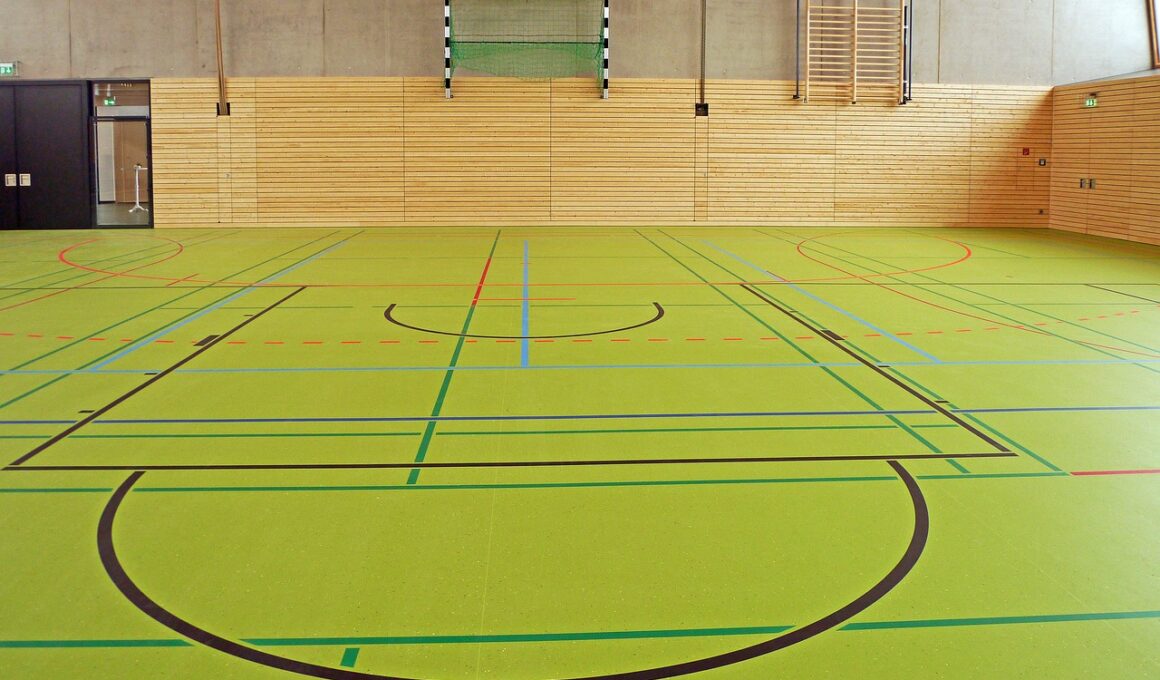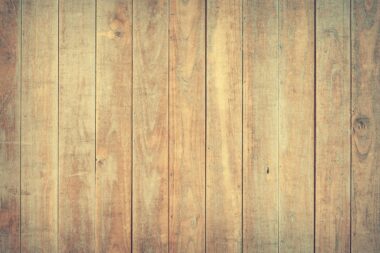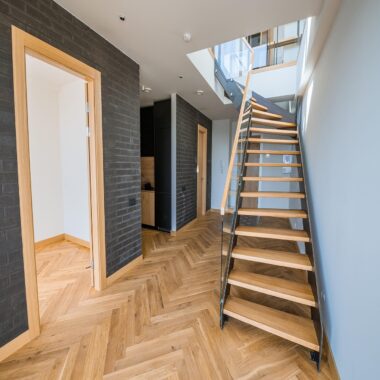The Importance of Non-Slip Surfaces in Gym Flooring
When choosing gym flooring, safety must take priority, and that is why non-slip surfaces are so crucial. Non-slip surfaces help prevent accidents and injuries that can occur during workouts. They offer enhanced grip and stability, especially when wet, which frequently happens in spaces with heavy activity or conditioning classes. As gym-goers sweat, surfaces can become slick, making it essential to have flooring designed to maintain adequate traction. Moreover, a non-slip surface provides a sense of confidence to users since they know that the area they are exercising on reduces the odds of slipping. Signs of deteriorating floors, like scuff marks or wear, can affect grip, leading gym operators to regularly maintain clean surfaces to sustain their condition. Selecting quality flooring materials specifically engineered to reduce slip occurrences ensures higher longevity and safety. As fitness facilities look to attract members, a safe workout environment becomes a selling point, leading to improved overall experiences. Offering classes on diverse surfaces may highlight this feature further, making interested clients feel secure. In the competitive fitness industry, investing in excellent non-slip flooring sets the standard for safety and professionalism.
Types of flooring play a significant role in gym environments, with several options being available to meet particular requirements. Among the most popular options is rubber flooring, known for its durability and excellent slip resistance. Many gyms opt for this material due to its capacity to withstand heavy foot traffic while providing cushioning that aids in injury prevention. Another choice is vinyl flooring, which is also a reputable non-slip surface, particularly for studios focusing on group classes. Additionally, carpet tiles can provide customizable designs, no matter the gym’s aesthetic preferences. For specific areas like swimming pools or locker rooms, materials designed to combat moisture are fundamentally essential, as surfaces must stay non-slip while also being waterproof. By exploring these flooring types, gym owners can make informed decisions that directly affect the safety and functionality of their spaces. Each material comes with unique care requirements, and understanding maintenance routines will further extend the lifespan of the flooring. Therefore, committing to a flooring solution is an investment that transcends appearances, emphasizing safety and user experiences as paramount factors for gym planners.
Benefits of Non-Slip Flooring for Users
Having non-slip flooring in a gym provides multiple benefits for users, enhancing their overall experience. One significant advantage relates to injury prevention. When individuals feel secure while exercising, they can focus more on their workouts. For example, when performing high-intensity training or attempting to lift weights, the risk of slipping can distract from performance and even lead to serious injuries. Non-slip surfaces alleviate this concern, allowing gym members to push their limits safely. Additionally, non-slip flooring contributes to the overall ambiance of the space, as it promotes a relaxing environment without fear of falls or accidents. Gymgoers who view their surroundings as secure are more likely to return for future visits. Moreover, non-slip surfaces can also contribute to improved hygiene standards. Many materials designed for these surfaces help reduce bacterial growth, enhancing cleanliness. Overall, investing in non-slip flooring can positively impact member satisfaction, retention, and the reputation of the gym. With safety as a priority, clients are more likely to recommend the gym to friends, increasing potential clientele. Ultimately, these benefits showcase the importance of incorporating appropriate flooring into gym design.
In addition to user benefits, gym owners experience significant advantages from investing in non-slip flooring. First, they can anticipate lower liability insurance costs, as having safer environments decreases the risk of accidents on their premises. Providers often offer special rates for facilities that take safety measures seriously, like installing quality flooring that reduces the chances of slips. Additionally, a gym with competent flooring can attract more members, as safety becomes a primary concern for fitness enthusiasts. New members are likely to consider these aspects when checking different facilities, seeking places that prioritize well-being. Furthermore, the long-term savings associated with durable surfaces mean gym owners won’t have to worry about regular replacements or repairs. Occupying reliable flooring helps maintain a consistent professional image as well. By investing in non-slip surfaces, operators can also create a strong brand presence, affirmative reviews, and increased word-of-mouth recommendations, all of which further solidify their place in the competitive fitness market. The choices of flooring made today influence future operations and member interactions, making it essential to recognize the importance of adopting high-quality, non-slip surfaces.
Aesthetic Considerations in Non-Slip Flooring
Alongside safety benefits, gym flooring designs play a substantial role in the aesthetic appeal of fitness spaces. Selecting non-slip surfaces does not mean sacrificing style. Modern flooring materials come in various colors, textures, and designs, effectively complementing gym layouts. For example, rubber flooring offers options that allow for seamless blends with overall decor while still maintaining the necessary functionality. Vinyl flooring often has printed designs, meaning gym owners can consider branding elements in their selections too. Such designs can convey atmospheres like professionalism, vivacity, or relaxation. Incorporating aesthetically pleasing non-slip surfaces motivates members to feel more engaged in their environments. Creative designs may enhance energy levels, making an enjoyable workout more likely. Additionally, these flooring options serve dual purposes as attractive, long-lasting investments in the gym’s overall appearance. It is advantageous to curate an inviting atmosphere, as gyms that achieve this can inspire members to come back regularly, ensuring the space reflects the objectives of commitment, health, and vitality. Gym owners who maintain attention to aesthetics, surface types, and non-slip performance will find their facilities flourish as user experiences improve significantly.
Regular maintenance is a critical aspect of ensuring that non-slip gym flooring performs at its best. While these surfaces are designed for enhanced safety, neglecting their care can lead to reduced effectiveness over time. Dust, sweat, and grime can accumulate, diminishing traction and potentially causing accidents. Establishing regular cleaning routines will preserve the integrity of the flooring and ensure users remain safe throughout daily activities. It is advisable to implement simple techniques like sweeping away debris, mopping spills promptly, and utilizing appropriate cleaning solutions specifically designed for the flooring type. When considering heavy use areas, gym owners should be aware of their flooring’s maintenance needs and address any issues immediately. Implementing a proactive approach, including regular inspections, to monitor the condition of the surfaces will extend their lifespan considerably. More importantly, dedicated attention to maintenance contributes to a hygienic environment, fostering better health for members. In addition, showing commitment to excellent upkeep reinforces the gym’s reputation for safety and quality. By emphasizing maintenance as a priority, facility operators can enhance the long-term value of their flooring choices, ensuring years of secure and enjoyable workout experiences.
Conclusion and Future Trends
In conclusion, the significance of non-slip surfaces in gym flooring cannot be understated, as they promote safety, enhance aesthetics, and sustain hygiene standards. The growing awareness regarding fitness safety is leading to increased demand for effective flooring solutions. Future trends in gym flooring will likely include customized technologies such as antimicrobial surfaces that reduce bacteria, aiding in cleaner environments. Innovations that provide better grip even in extreme conditions will also drive choice-making for facility operators. As the fitness industry evolves, collaboration with flooring manufacturers will lead to enhanced safety features that ensure equipment can withstand regular wear and tear while remaining visually appealing. Environmental considerations are gaining traction as well, with eco-friendly materials seeing a rise in popularity. As sustainability becomes more essential in consumer choices, demand for flooring options that meet these criteria will likely increase. Trends forecast more emphasis on user experiences inside facilities, creating a cultural shift toward health priorities, pushing fitness enthusiasts to select gyms that best align with their values. Consequently, adopting non-slip flooring should remain a focus for current and future developments within the industry, ensuring a safe and inviting environment for all.





